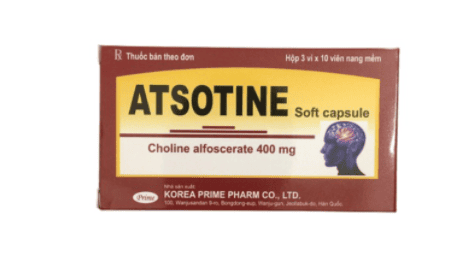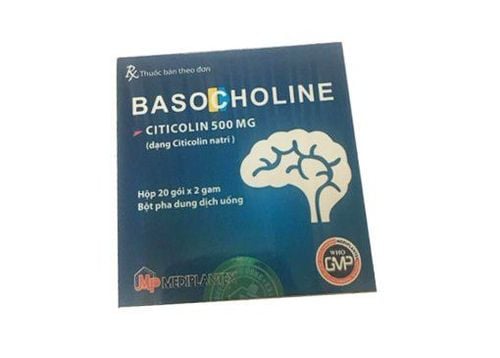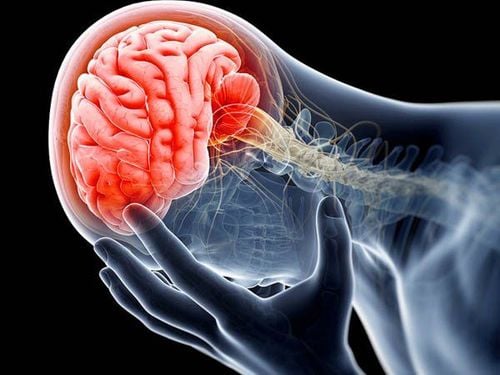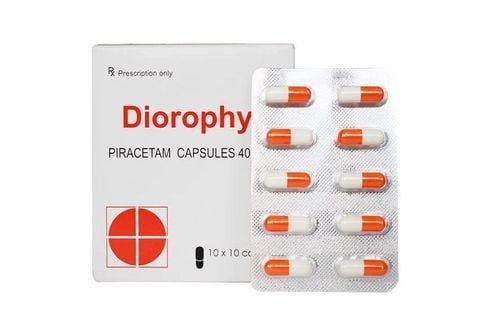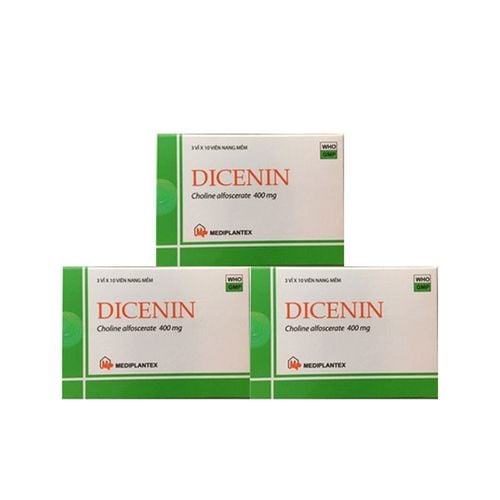This is an automatically translated article.
Traumatic brain injury is damage to the skull bones to the brain after a hard enough impact to the head area. In many cases where a patient with a traumatic brain injury has had surgery but cannot keep the skull bone or has to remove the skull bone, a period of time after the patient is stable will be indicated for surgery to reassemble the skull for the patient. or craniofacial graft with artificial materials1. What is craniofacial patch surgery in traumatic brain injury?
With traumatic brain injury with subdural, epidural or large hematoma in the brain causing space-occupying and compressing effects, craniotomy is mandatory to avoid increased intracranial pressure. . Then, depending on the patient's condition, the skull bone can be reattached immediately or wait until the patient's condition is stable before surgery.Traumatic brain injury and craniocervical defect surgery aims to repair a skull defect after traumatic brain injury or decompressive craniotomy. Currently, there are two main methods to shape craniofacial defects: autologous skull grafting or craniofacial grafting with artificial materials such as bio-cement, carbon material, PEEK material or Titanium mesh,...
If If left untreated, a craniofacial defect can cause disadvantages for the patient such as:
The craniofacial defect is very dangerous because the brain is not covered. Lack of aesthetics makes the patient not confident in social interactions. low intracranial pressure can cause dizziness, headache, impaired consciousness, sphincter disorders,... Risk of seizures Risk of neuropsychiatric retardation
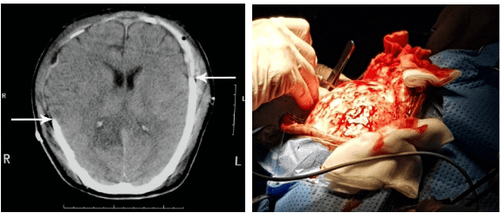
Phẫu thuật chấn thương sọ não vá khuyết sọ
2. What is autologous skull transplant surgery?
Autologous skull graft surgery is often applied after decompressive craniotomy to treat traumatic brain edema. The skull fragment after being cut out after the first surgery will be transferred to tissue banks for preservation, specifically Gamma-ray sterilization and frozen at -85 degrees Celsius to preserve the skull fragments with up to 5 years. However, it is recommended that autologous craniotomy should be performed within 3-9 months after the first craniotomy to avoid the risk of fistula inflammation, skull collapse due to the rejection reaction of the body. .Usually the skull bone fragment is repositioned for the patient, which is usually enough for the craniofacial defect, but when there are complications such as fistula, collapse of the skull graft after craniofacial patch surgery, it must be removed. graft to treat stable inflammation and then proceed to patch the craniofacial defect with artificial materials after 9-12 months
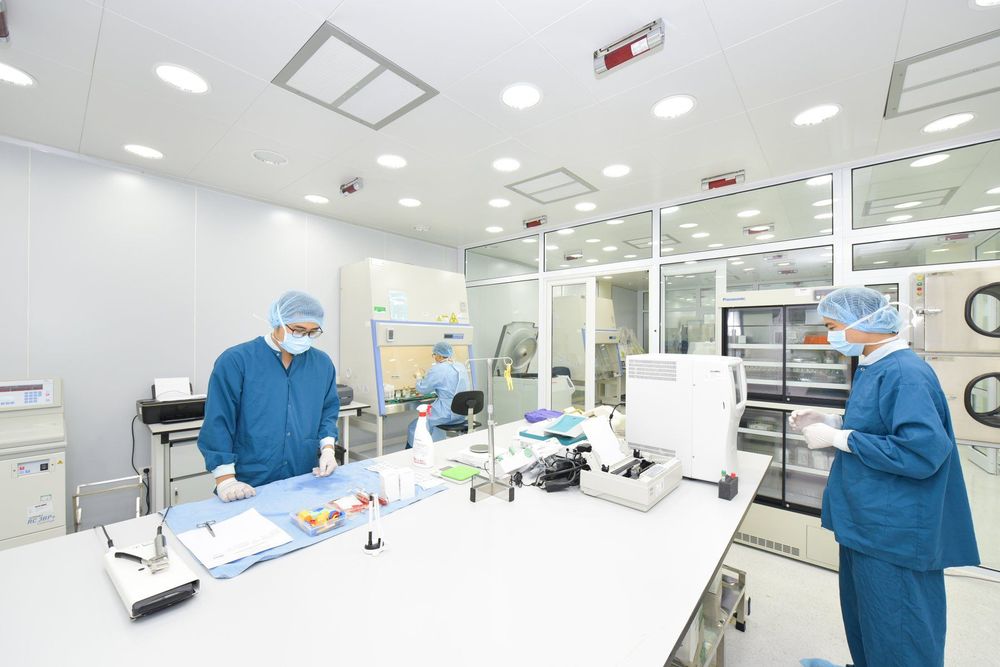
Ngân hàng mô Vinmec
3. What is the plastic surgery of the defect area with artificial materials?
Cranial patch surgery with artificial materials is surgery to repair skull defects with materials such as bio-cement, carbon materials or titanium, which is often applied to a number of cases such as:Closed traumatic brain injury causing skull subsidence Open traumatic brain injury causing fracturing and fracturing the skull Inflammation of the autologous craniocervical fragment after craniofacial transplant surgery Inflammation of skull grafts Regardless of the method of skull transplantation, the grafting technique can be generalized By some steps as follows:
First, make an incision along the old surgical scar, separate the fascia to reveal the craniofacial defect. Place the skull bone with a visor, pin or tie. Use a suitable cementitious or titanium mesh and then secure with cranial pins or vis splints Sew central suture to the skull Place drainage and close the incision
4. What should be monitored after craniocervical surgery after traumatic brain injury?
After surgery, it is necessary to comprehensively monitor the patient such as:Vital signs: pulse, temperature, blood pressure, breathing rate The patient's neurological condition, pay attention to epilepsy complications for timely treatment Post-bleeding surgery : some cases need re-operation to stop bleeding, blood transfusion Status of skull drainage Meningitis: may need aspiration, bacterial culture, antibiotic treatment. If you notice any unusual problems, you should visit and consult a specialist.
In April & May 2021, when there is a need for examination and treatment of Traumatic Brain Injury at Vinmec Phu Quoc International Hospital, customers will enjoy double incentives:
- Free specialist examination and Received the Rehabilitation Package
- Reduce 50% of the cost for customers with a prescription for post-examination treatment. The program is limited to the corresponding technique of each hospital and to customers who perform this treatment technique for the first time at Vinmec.
Please dial HOTLINE for more information or register for an appointment HERE. Download MyVinmec app to make appointments faster and to manage your bookings easily.
See more:Traumatic brain injury: How to recognize and treat? Maxillofacial trauma: Causes, symptoms, diagnosis and treatment Methods of treatment of maxillofacial fractures How to deal with facial fractures





